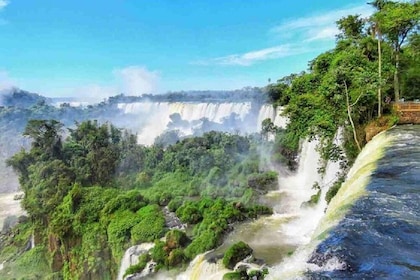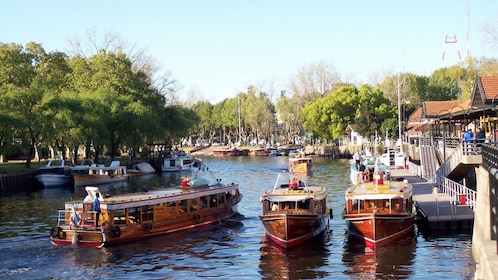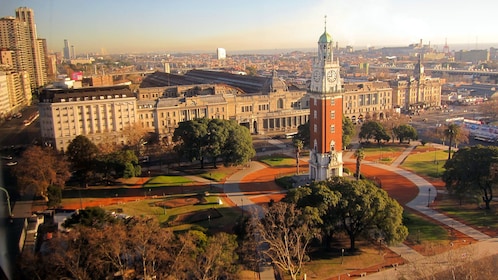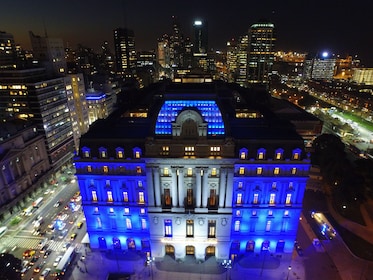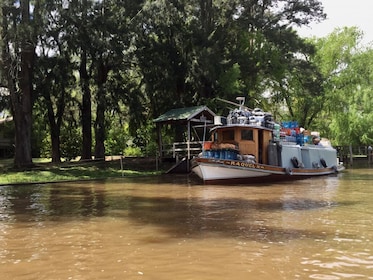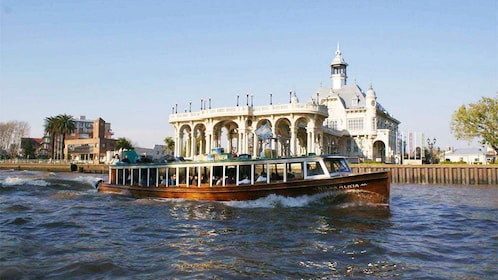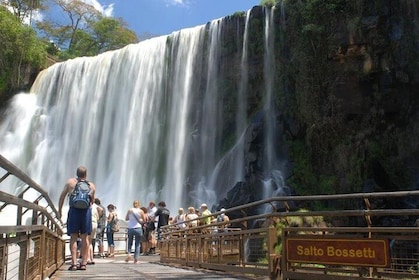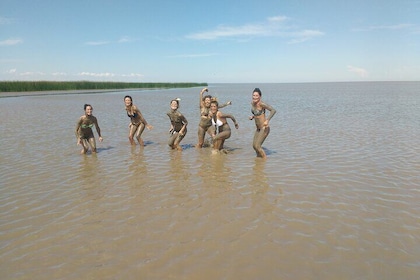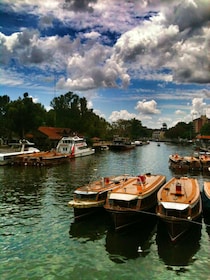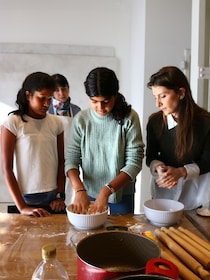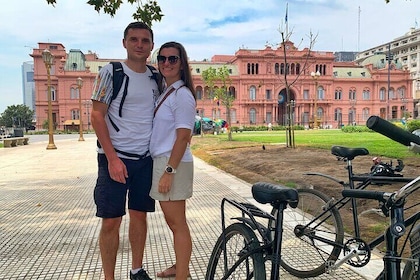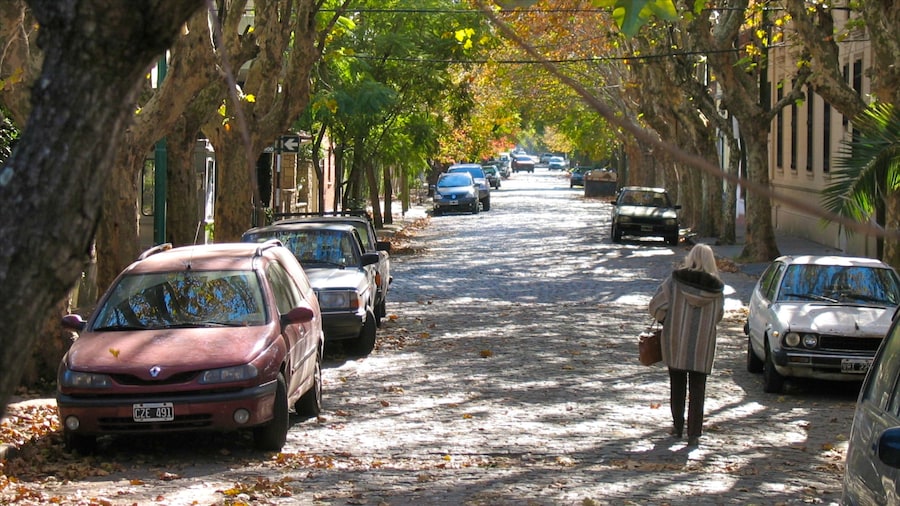Walk among large marble statues, beautifully carved mausoleums and the granite headstones of Chacarita Cemetery. The sprawling burial ground covers approximately 235 acres (95 hectares) and is the largest graveyard in Argentina. The hundreds of thousands of burial vaults, gravesites and burial niches contain final remains of everyday Argentines and a few famous people.
Chacarita Cemetery was established in 1871 to dispose of the victims of a yellow fever outbreak. Thousands of people died and the city’s other graveyards couldn’t cope with the volume of burials.
Make your way along cemetery streets lined with vaults and mausoleums and note the eclectic architectural styles. Along with many carvings of angels and statues of the famous deceased are pyramid-shaped vaults, neoclassical and renaissance-style crypts and some that resemble mini temples. Look through the glass front doors of some of the vaults. You may be able to see religious paintings and photographs of the deceased and their caskets.
Walk down lanes bordered by old, unkempt and lichen-covered headstones. See if you can make out their fading inscriptions.
Visit the mausoleum of Carlos Gardel, a legendary Argentine tango singer and songwriter. Among the cemetery’s other notable occupants are Nobel Prize winner Bernardo Houssay, former president Leopoldo Galtieri and Pascual Nicolás Pérez, Argentina's first world boxing champion. Former president Juan Domingo Perón, whose second wife was Eva ("Evita") Perón, was once buried here. Since 2006 he has been resting in peace in a mausoleum in his former home.
In the extensive underground necropolis, stroll along corridors containing thousands of vaults and niches. You’ll find several access points throughout the cemetery.
Chacarita Cemetery is open every day and is located in the Chacarita neighborhood, about 7 miles (10 kilometers) west of the city center. The area is well connected to the rest of Buenos Aires by bus, train and subway. Drivers may be able to find free parking in nearby streets.
Chacarita Cemetery is a fascinating way to spend a few hours. Give yourself at least half a day if you want to cover the more than 90 blocks of burial sites.





